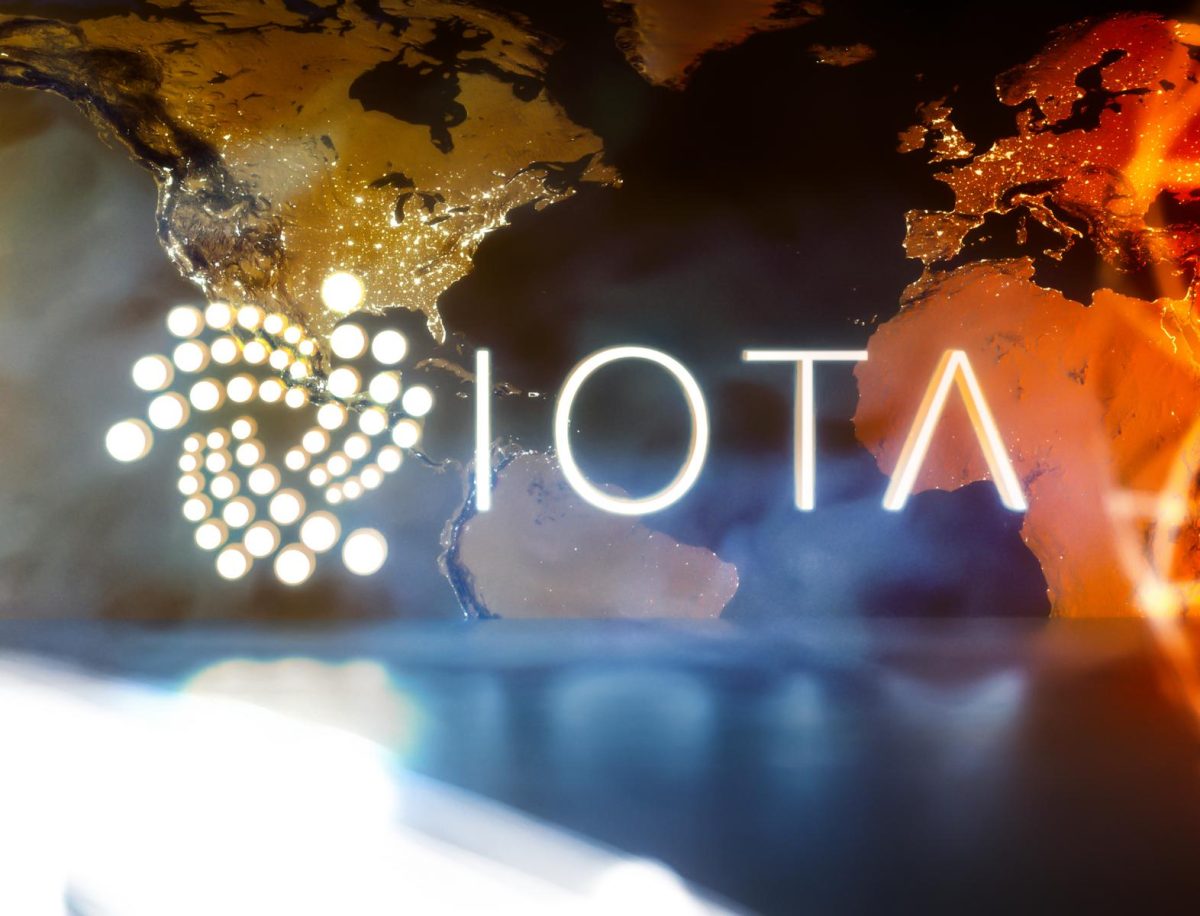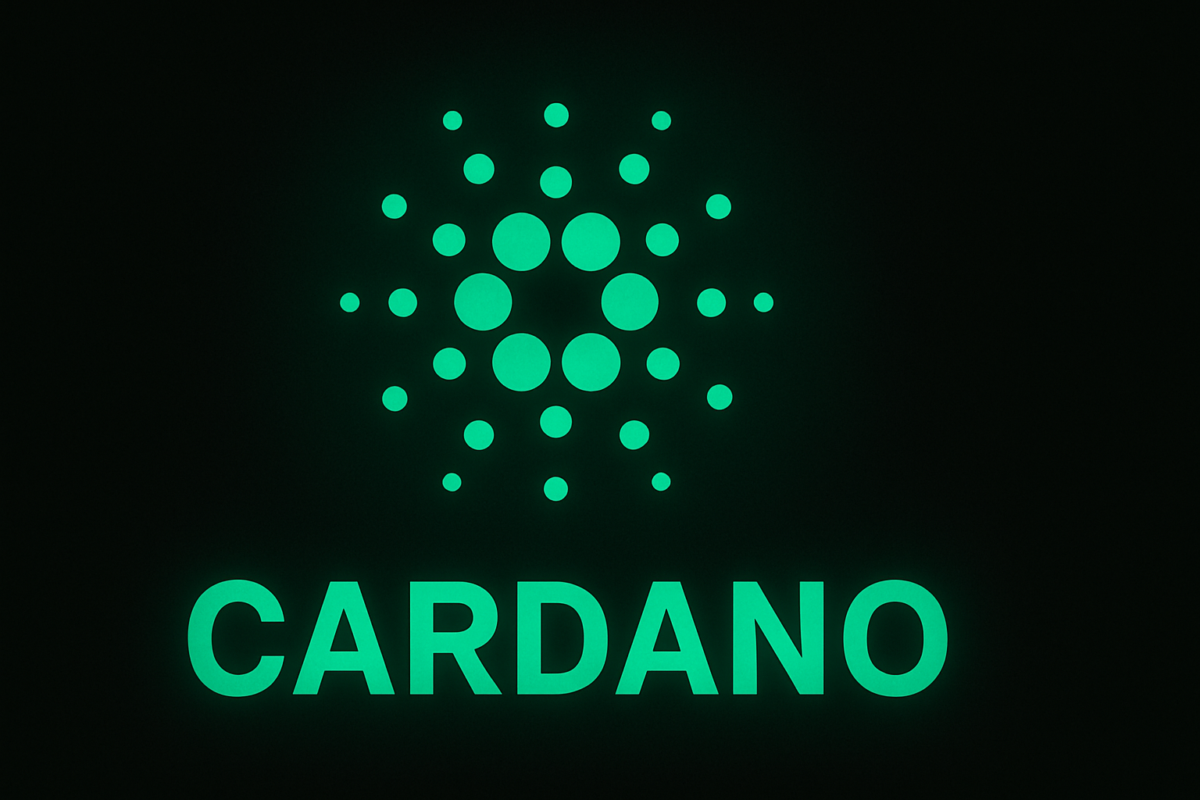ARTICLE AD BOX

- IOTA has launched an official product page for its Gas Station, designed to help businesses sponsor user transaction fees.
- The tool eliminates the need for users to purchase or hold IOTA tokens when interacting with Web3 applications.
As we previously reported, IOTA Network released Gas Station v0.2-alpha. The update introduced six enhanced features designed to give sponsors greater control over smart contract execution.
Today, IOTA has introduced an official product page for its Gas Station module, designed to streamline enterprise adoption of its Rebased network by eliminating transaction fees for end users. The new tool enables businesses and developers to sponsor gas fees, making Web3 applications more accessible and user-friendly.
(ICYMI): #IOTA’s Gas Station now has an official product page! Built for enterprises and platform providers, it supports gasless transactions, configurable usage rules, and enterprise-grade metrics for apps on IOTA Rebased.
Catch the complete overview:  https://t.co/TJJTp95j32
https://t.co/TJJTp95j32
— IOTA (@iota) June 20, 2025
The Gas Station addresses a long-standing barrier in blockchain adoption: the need for users to manage tokens for transaction fees. Unlike Web2 applications, where transactions are seamless and free to the user, most Web3 platforms require token-based payments, creating complexity for onboarding. IOTA’s solution removes this burden by allowing applications to cover the cost, letting users interact without holding IOTA tokens.
Frictionless Onboarding and Configurable Sponsorship
The IOTA Gas Station operates as a containerized component that acts as an intermediary between users and the Rebased network. It integrates directly into applications, offering configurable usage limits, sponsorship rules, and access control. These features let developers set gas caps, track usage metrics, and manage who receives sponsored access. The result is a flexible system that supports tiered user experiences and reduces the risk of abuse.
Businesses and developers can define sponsorship strategies based on time windows, transaction volume, or specific application functions. Gas caps limit how much gas a user can consume during a defined period, while command count filters restrict the number of allowed operations. This approach helps enterprises deliver premium services or free trials while maintaining full control over operational costs.
The system preserves Web3’s core features, including decentralization and authentication, while removing unnecessary complexity for the end user. As a result, Web3 applications can now compete with traditional platforms on usability without compromising security.
How the Gas Station Works Behind the Scenes
In a typical blockchain interaction, users need to create a wallet, buy IOTA tokens, and ensure they have enough funds to pay for every transaction. With the Gas Station, users skip these steps. When a transaction is prepared, they request a gas object from the Gas Station. After signing the transaction with the provided object, it is returned to the Gas Station, which adds its signature and submits it to the network.
This flow preserves user-side authentication while offloading fee responsibility to the application sponsor. Developers gain more control over the onboarding experience while users enjoy a frictionless process, no wallet setup, token purchase, and no fee calculations.
The tool also supports enterprise-grade analytics, allowing platform providers to track gas usage and user behavior. These insights can inform strategic decisions, like expanding sponsorship coverage or adjusting caps based on demand.
As Crypto News Flash earlier indicated, IOTA has launched ObjectID, a new dApp that gives real-world objects unique digital identities, advancing IoT adoption. The release follows the deployment of its native token on the IOTA mainnet. Built on IOTA’s feeless network, ObjectID removes gas fees, wallets, and transaction costs, making it easy to use.
.png)
 4 months ago
10
4 months ago
10


![XRP ETF News [Live] Updates](https://image.coinpedia.org/wp-content/uploads/2025/11/05170703/Franklin-Templeton-Removes-SEC-Clause-Bringing-XRP-Spot-ETF-Closer-to-Approval-1-1024x536.webp)





 English (US)
English (US)